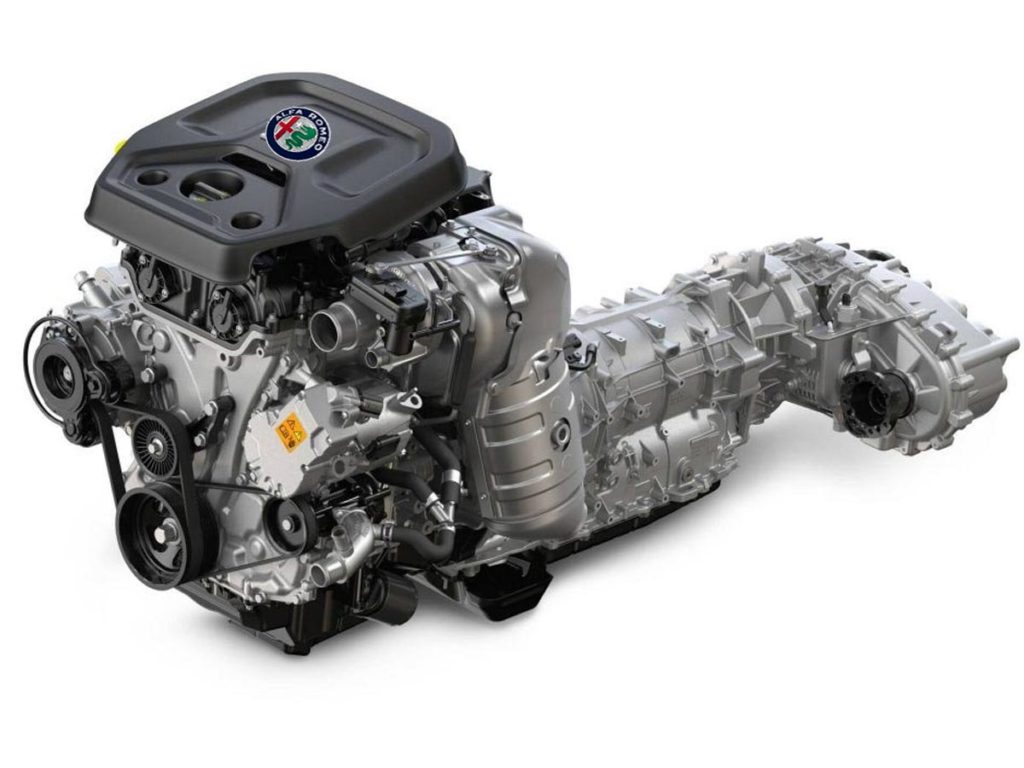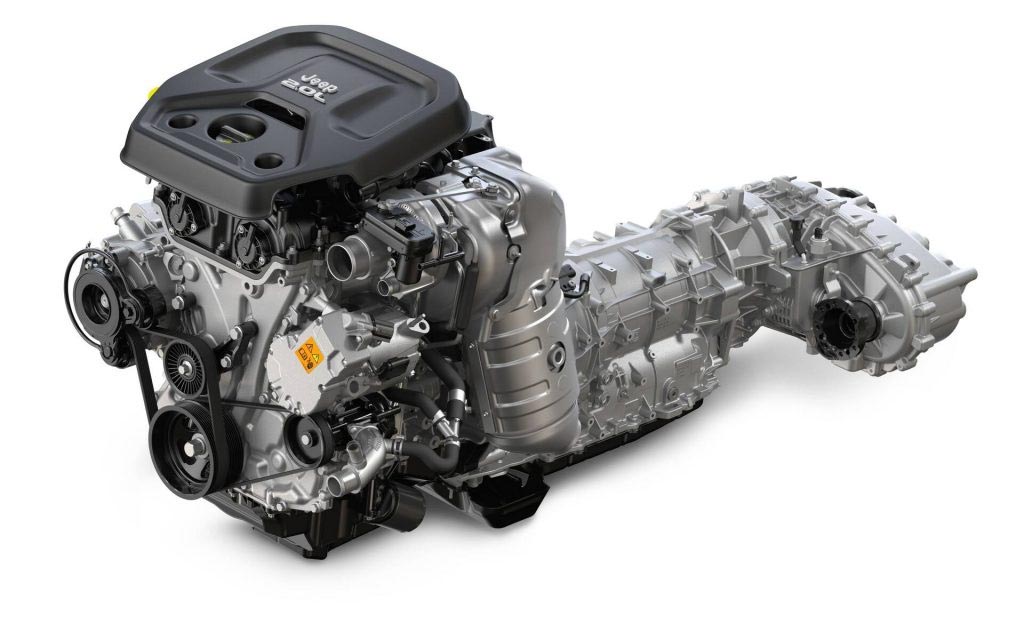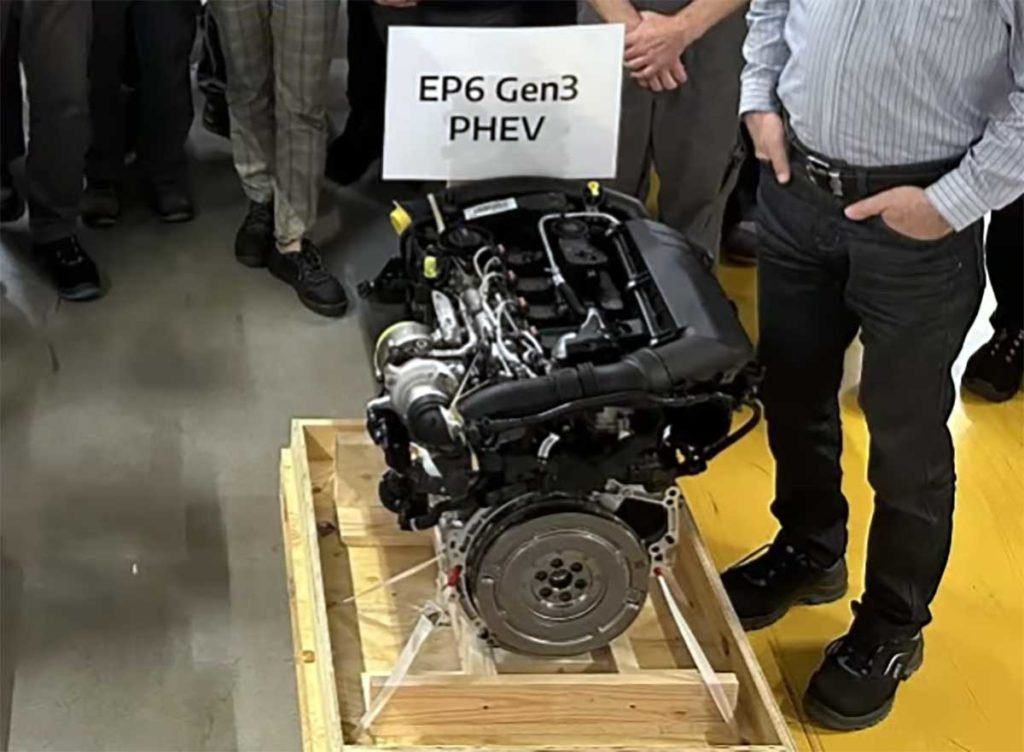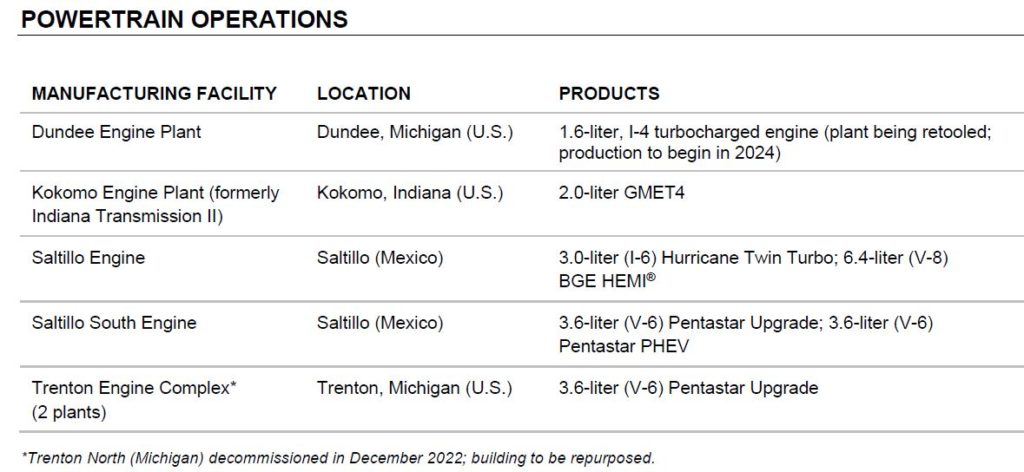
Alfa Romeo is preparing to unveil its two most eagerly-awaited models: the Stelvio in 2025 and the Giulia in 2026. These vehicles will be launched on the new STLA Large platform, with 100 % electric versions, as announced several years ago.
However, Alfa Romeo recently backtracked on its plans for an all-electric range. The brand has confirmed that, although electric 100 % versions will have priority at launch, the Stelvio and Giulia models will also be offered in thermal hybrid variantsbut after the electric version. This change of direction raises the question: what kind of hybrid combustion engines could be expected for these iconic models?
Rumors about hybrid powertrains have been rife for several weeks, and some even point to the arrival of a 4-cylinder GME MHEV engine with 333 hp. For us, however, the most likely solution would be the adoption of plug-in hybrid (PHEV) engines for these future models.
Why a PHEV?
FCA's first thermal hybrid engines were not the most efficient in terms of emissions. For example, the 2.0L GME 4-cylinder MHEV engine used in the Maserati Ghibli Hybrid, was 186g CO2/km, well short of the European targets imposed by the CAFE 2025 law, which sets an overall target of 93.6 g CO2/km. PSA's 1.2L EB2 3-cylinder MHEV engine, meanwhile, offers just 136 hp - insufficient power for an Alfa Romeo. As a result, it seems clear that Alfa Romeo will have to turn to more powerful engines, like the PHEVs.

The 2.0L GME 4-cylinder PHEV engine seems an ideal option. This engine, used in models such as the Jeep Grand Cherokee, develops 380 hp of combined power (272 hp internal combustion and 145 hp electric) for CO2 emissions of just 65 g/km in the Grand Cherokee. This solution seems to offer a good compromise between performance and compliance with environmental standards.

Another alternative is the 1.6L EP6 PHEV engine, which delivers 195 hp for just 23 g of CO2/km. So far, this engine seems to be the preferred solution of Stellantis, the group to which Alfa Romeo belongs, not least because it will be deployed on numerous European and American models.

The Group plans to produce this engine at its Dundee plantin Michigan, for models destined for the US market, while the Italian plant of Termoli to produce eDCT gearboxesproduction capacity will rise from 600,000 to 900,000 units a year (including Metz and Mirafiori). This means that around 900,000 vehicles produced each year in Europe will use this eDCT gearbox coupled to a 1.2L or 1.6L engine. Stellantis also plans to produce more than 200,000 1.6L engines per year at its plant in Szentgotthárd, Hungary.
Change of strategy?
However, with the resignation of ex-CEO Carlos TavaresThe Stellantis Group seems to be reconsidering its plans, not least because of the current economic and political situation. Although the 1.6L EP6 engine is still the most likely solution for future Stelvio and Giulia models, As long as nothing has been officially announced, it's not out of the question for Stellantis to opt for a more powerful engine, such as the 2.0L GME, even if this means slightly compromising CO2 emissions targets.
Time will tell whether the 1.6L EP6 engine will remain the standard. or if another, more powerful engine will be added to the hybrid range of future Alfa Romeo models. In the meantime, we can't wait to discover the first details about these powertrains. at the presentation of the Stelvio, scheduled for summer 2025. If the opportunity arises, we'll be sure to ask the Alfa Romeo teams about future combustion engines.

The Stelvio and Giulia are aimed at connoisseurs, unlike the Junior, which is sold to the general public. Putting a PureToc under their hoods will be punished even more severely...
People won't bother to know whether it's a solid GME or a crappy PureTech (dare we call a spade a spade), they'll equate the Stelvio with the 3008 and that'll be that...
The "natural" engine for the next Alfa Stelvio and Giulia is the 2-liter Phev... that's it! The 1600 is good for lesser models, especially those with front-wheel drive. Personally, I own a Giulia 2000 lusso and its timing chain engine is excellent and reliable!
And why not both?
Maybe I'm being silly (as we say back home), but we have a STELLANTIS group, whose main shareholder is the Agnelli family (owner of FIAT before the merger) and all the group's decisions, such as parts (chassis, engines, etc.) are made by Peugeot (formerly PSA).
The majority shareholders have been aware of the Stellantis plan since 2020, so they have accepted all the decisions taken to date.
Speriamo che utilizzino motori di derivazione FCA e non di PSA perché sarebbe veramente una vergogna colossale